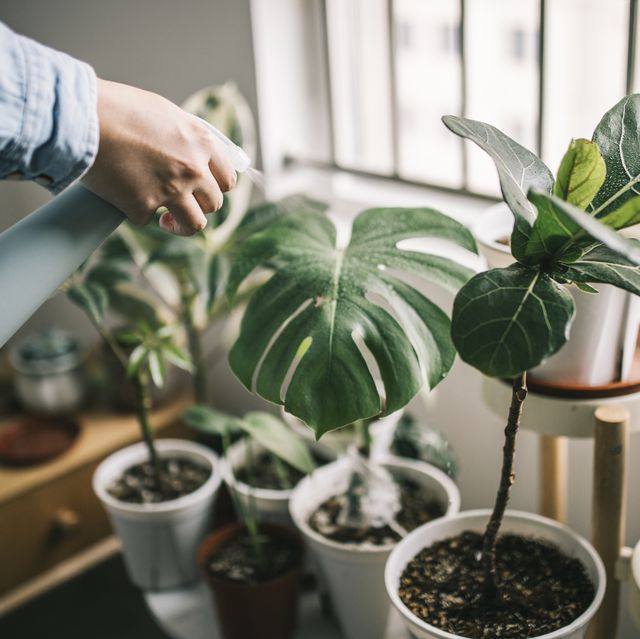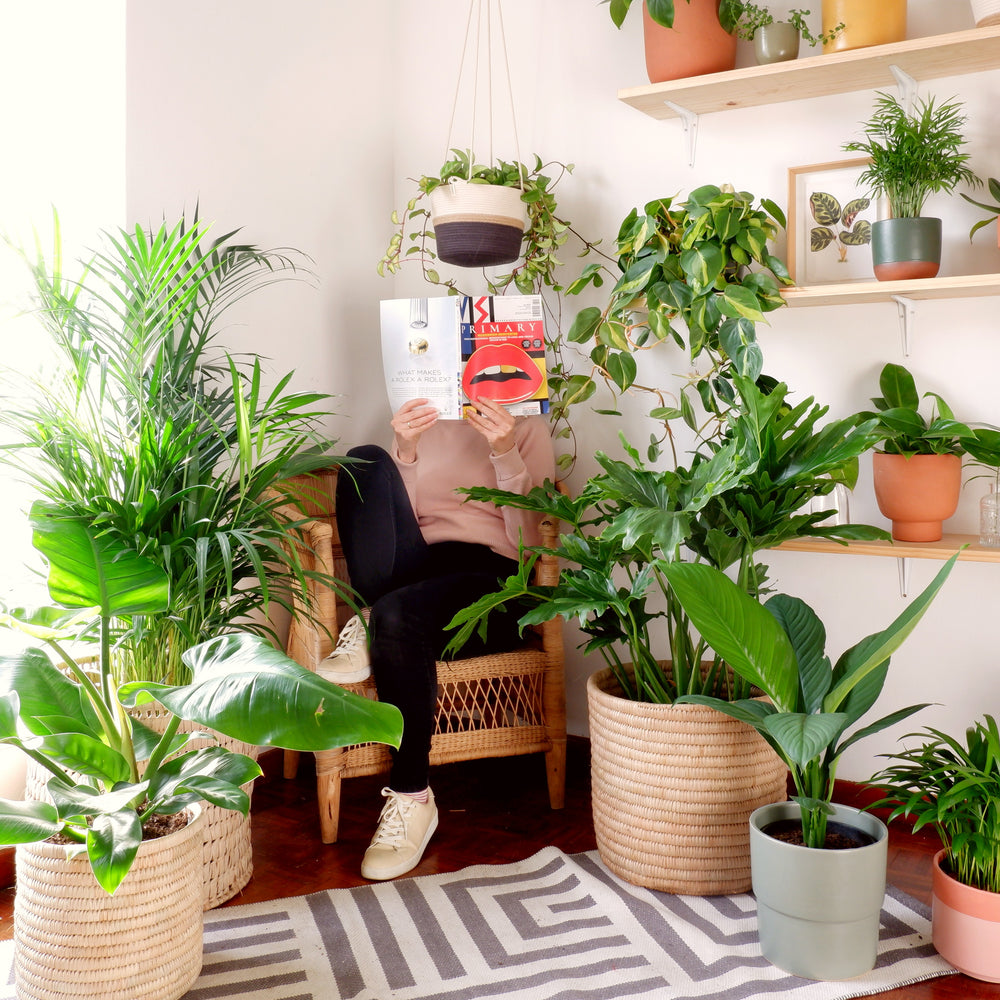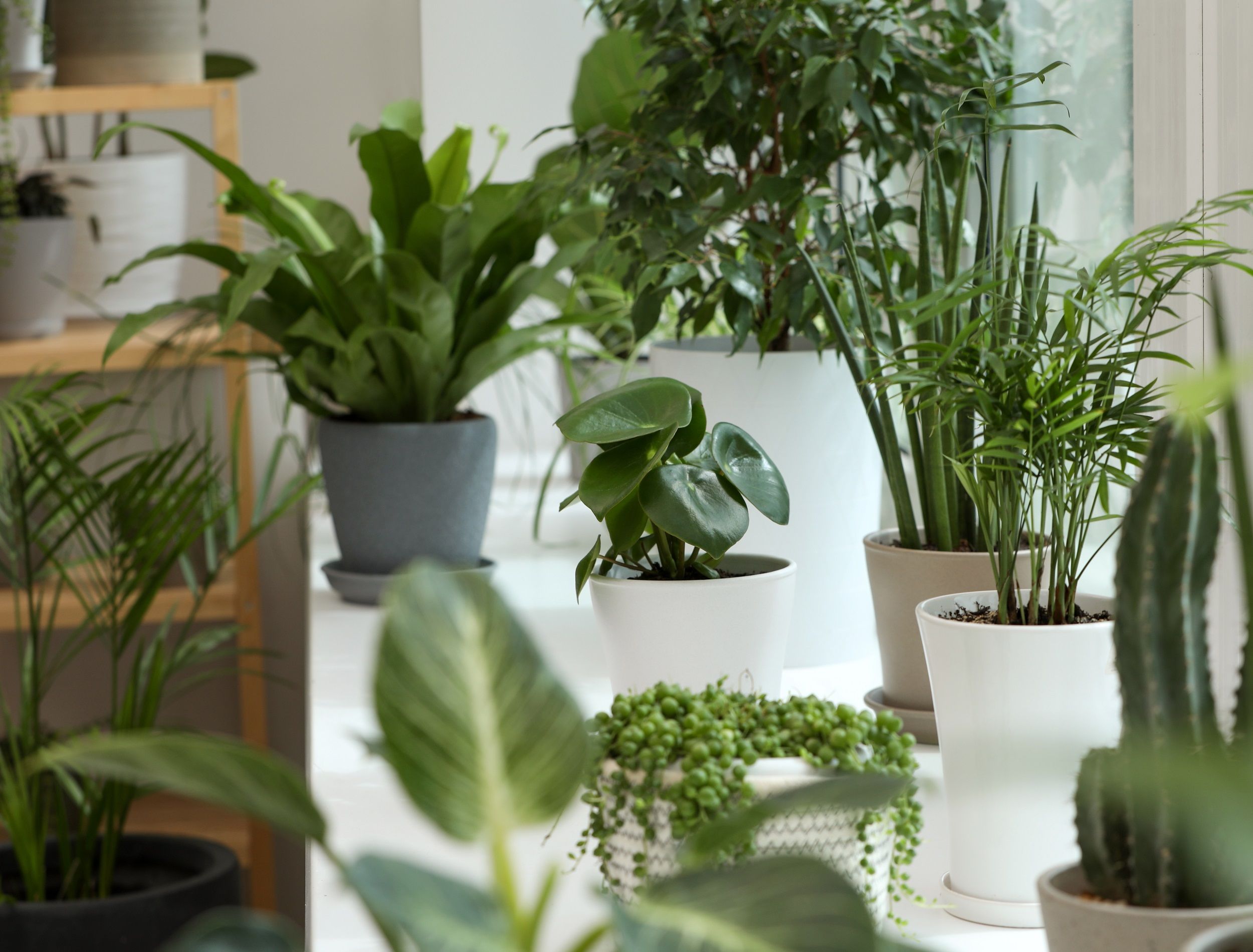Transform Your Living Space with the Best Low-Light Indoor Plants
Transform Your Living Space with the Best Low-Light Indoor Plants
Blog Article
Uncover the Keys of Low-Light Indoor Plants and Just How They Boost Your Setting
Low-light indoor plants have garnered enhancing interest for their one-of-a-kind capability to boost both aesthetic charm and environmental high quality within work environments and homes. These resilient varieties, including the Serpent Plant and Tranquility Lily, not only thrive in challenging lights problems however additionally play a critical role in air purification and psychological wellness. Understanding the specific advantages and treatment requirements of these plants can significantly influence your space. As we check out the complexities of their benefits, you may uncover insights that can transform your environments in unforeseen ways.
Advantages of Low-Light Indoor Plants
Although many individuals think that indoor plants need bountiful sunlight to thrive, low-light interior plants use a multitude of benefits that make them suitable for various settings. One of the primary advantages is their flexibility; they can grow precede with restricted natural light, such as workplaces, cellars, or areas with tiny windows. This feature enables individuals to improve their environments with greenery, adding to enhanced looks without the need for substantial illumination alterations.
In addition, low-light indoor plants can dramatically improve indoor air top quality by releasing and filtering system unsafe toxins oxygen, making living rooms healthier. The existence of plants has actually been connected to higher feelings of serenity and emphasis.
In addition, low-light plants often call for much less maintenance than their sun-loving counterparts, making them perfect for active people or those brand-new to horticulture. Their resilience permits them to love minimal treatment, thus offering a satisfying experience for plant enthusiasts and newbies alike. In summary, low-light indoor plants serve both visual and practical purposes, making them useful enhancements to any room.
Leading Low-Light Plant Varieties
Low-light interior plants come in a range of varieties, each offering unique attributes and advantages suited for dim atmospheres. Amongst one of the most popular ranges is the Serpent Plant (Sansevieria), recognized for its building leaves and air-purifying abilities. This resistant plant thrives on disregard and can endure a vast array of light conditions.
One more superb choice is the ZZ Plant (Zamioculcas zamiifolia), which features glossy, dark eco-friendly fallen leaves and is extremely drought-tolerant. Its flexibility makes it a favored for workplaces and homes with minimal sunshine.
The Pothos (Epipremnum aureum) is additionally a leading challenger, with its routing creeping plants and heart-shaped fallen leaves - Best low-light indoor plants. This versatile plant can be trained to climb or cascade, adding visual interest to any space

Care Tips for Low-Light Plants
Taking care of low-light indoor plants calls for a nuanced understanding of their certain needs to make certain ideal growth and vigor. First, it is important to select the ideal potting mix, as a well-draining soil is crucial to avoid origin rot. A blend made for houseplants, typically consisting of peat moss and perlite, works well for the majority of low-light selections.
Watering is one more vital element of care. Low-light plants normally need much less regular watering contrasted to their sun-loving equivalents. It is suggested to inspect the leading inch of dirt; if it feels dry, it's time to water. Overwatering can lead to difficulties such as mold and root decay.
Fertilization must be approached with care. Throughout the expanding season, best site a diluted liquid plant food can be used monthly, yet in cold weather, lots of low-light plants get in inactivity and call for little to no fertilization.
Lastly, it is necessary to occasionally cleanse the fallen leaves to remove dust, enabling far better light absorption. By sticking to these treatment pointers, you can grow a thriving environment for your low-light indoor plants, enhancing both their appearance and longevity.
Enhancing Air Quality With Plants
Interior plants play a significant role in enhancing air quality within homes and office spaces. Via the procedure of photosynthesis, these plants soak up co2 and launch oxygen, adding to a healthier environment. Furthermore, specific low-light indoor plants possess the capacity to filter hazardous contaminants, such as formaldehyde, benzene, and trichloroethylene, which are typically found in interior atmospheres.

Moreover, the presence of interior plants can raise moisture degrees, which helps minimize dry skin and breathing issues, even more enhancing overall wellness. This capability to improve air high quality not just promotes physical health however likewise sustains mental wellness.
Integrating low-light indoor plants into your living and working spaces can bring about a much more lively and invigorating environment (Best low-light indoor plants). Purchasing these natural air cleansers is a straightforward yet reliable approach for boosting indoor air high quality and cultivating a healthier lifestyle
Producing a Tranquil Indoor Room
The integration of plants into living rooms not only boosts air quality but additionally adds to a relaxing ambience. Low-light indoor plants, such as serpent plants and pothos, are specifically efficient in developing a calm setting, as they thrive in conditions that might or else be unwelcoming for various other greenery. Their rich foliage offers a relaxing visual, lowering tension and advertising relaxation.
Including these plants right into your home or office can evoke a feeling of peace and health. Purposefully positioning them in locations where you invest significant time, such as living work areas or spaces, permits for an immersive experience with nature, which has been shown to boost state of mind and cognitive function.
In addition, the gentle movement of leaves in action to air movement can create a dynamic aesthetic Resources aspect that improves the general setting. Consider making use of a selection of plant elevations and structures Check Out Your URL to include deepness and passion to your space. With thoughtful positioning and care, low-light interior plants can change any location into a calm refuge, promoting not only visual complete satisfaction however likewise emotional and emotional health.

Conclusion
Including low-light interior plants into numerous atmospheres returns substantial advantages, including improved air quality and enhanced visual appeal. These hardy types not only flourish in minimal light but also add to a soothing environment, advertising emotional and mental health. By choosing suitable varieties and carrying out proper care techniques, people can effectively grow a tranquil indoor space that promotes well-being and efficiency. The transformative power of low-light plants underscores their worth in improving both job-related and domestic settings.
Although several individuals assume that interior plants require abundant sunlight to flourish, low-light indoor plants use a multitude of advantages that make them optimal for numerous atmospheres.Furthermore, low-light interior plants can considerably boost indoor air top quality by releasing and filtering system dangerous toxins oxygen, making living areas healthier. Additionally, specific low-light interior plants possess the capability to filter unsafe contaminants, such as formaldehyde, benzene, and trichloroethylene, which are frequently located in indoor atmospheres.
Low-light interior plants, such as serpent plants and pothos, are especially efficient in developing a serene environment, as they flourish in problems that might or else be inhospitable for other plant.Including low-light indoor plants right into various environments returns substantial advantages, consisting of improved air top quality and boosted visual charm.
Report this page